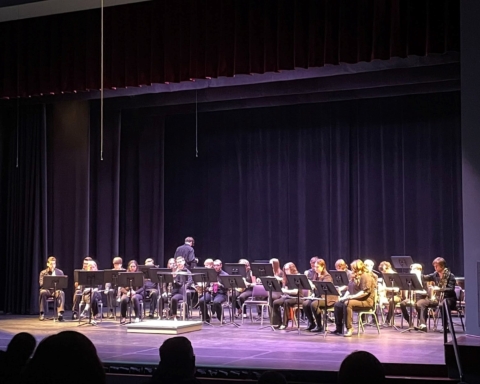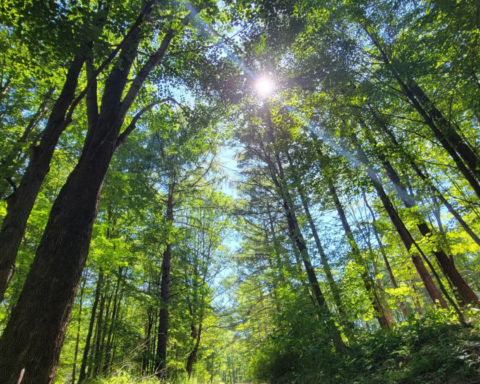BY: JESSICA WHITAKER, STAFF WRITER
National Day for Truth and Reconciliation, more widely known as Orange Shirt Day, acknowledged throughout Canada and the United States, was held this past Monday. The nationwide day of remembrance is held in honor of the children who suffered at the hands of the Indian Residential School system and the generational effects that Indigenous Americans have dealt with because of it.
In remembrance of those Indigenous children, people are encouraged to wear an orange shirt. The orange shirt pays homage to Phyllis Webstad, who started the national day of remembrance. In the 1970s, she attended one of the Residential schools, where her own orange shirt was taken from her upon entry.
“I find Orange Shirt Day important as a member of the Seneca Nation because the effects of these residential schools are still felt today in the Seneca communities,” said Jillian Rea, a junior accounting major with a minor in Indigenous Studies and the Indigenous Student Confederacy president. “It is highly likely that any Seneca you meet, or any Native American, has a parent, grandparent or other family member that was forced to attend a residential school, and our community is threaded from their ongoing survival and resilience.”
According to The National Native American Boarding School Healing Coalition, at least six residential schools existed in Western New York, spanning from Niagara Falls to Jamestown, one of which remained open until the 1960s.
One of these schools was the Thomas Indian School in Cattaraugus County, where local members of the Seneca Nation were sent as children in the 1940s and 1950s. The school was notorious for stripping its students of their culture by not allowing them to speak their native language, teaching them to hate their heritage and sometimes forcibly removing children from their homes to the school, according to The Journal of Folklore and Education.
St. Bonaventure University has also been involved in disputes with the Seneca Nation, as it sits on historically Seneca Nation land. However, the university has been continually making more of an effort to honor the local Indigenous community of the Seneca Nation. One way is through the Seneca task force, headed by David Hillney, Bonaventure’s provost, and made up of administrators from both the university and the Seneca Nation.
“A number of years ago I perceived interest among members of the Seneca Nation as well as some St. Bonaventure faculty in learning more about each other and developing ways to cooperate in academic areas,” said Dr. Oleg Bychkov, the Native American and Indigenous Studies Director. “Currently, the task force is working on a land acknowledgment, Seneca-related signage on campus, and initiatives such as promoting the Orange Shirt Day and other dates and memorable events that are important to the Seneca nation and indigenous people in the U.S.”
With the introduction of the Native American and Indigenous Studies minor to the University and the inclusion of Seneca modules into the Introduction to Bonaventure classes, the school has been making it a priority to educate its students on the Seneca Nation and the land on which they are living.
On campus, student organizations such as the Indigenous Student Confederacy also work to raise awareness of the school’s Seneca roots. The group has been in talks with the university board about implementing new basketball jersey designs honoring the Indigenous community to raise awareness of the university’s relationship with the Seneca Nation.
“With all of those attempts at assimilation by the residential schools, one of the famous sayings being ‘Kill the Indian, Save the Child,’ it’s more of a statement of that our people still exist,” said Oneniotekó:wa Maracle, senior environmental studies major and Indigenous Student Confederacy vice president. “We are able to speak our languages and sing our songs and continue to carry out traditional ceremonies. Our people are still here and our culture is being revitalized. It was really never completely eliminated, and that’s a testament to how strong-willed our people are.”
wikandjm23@bonaventure.edu








